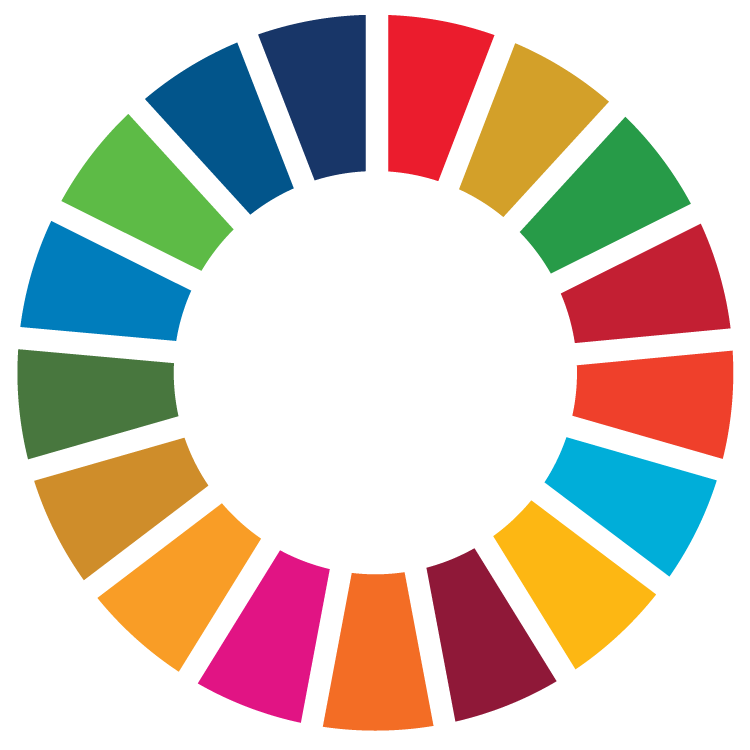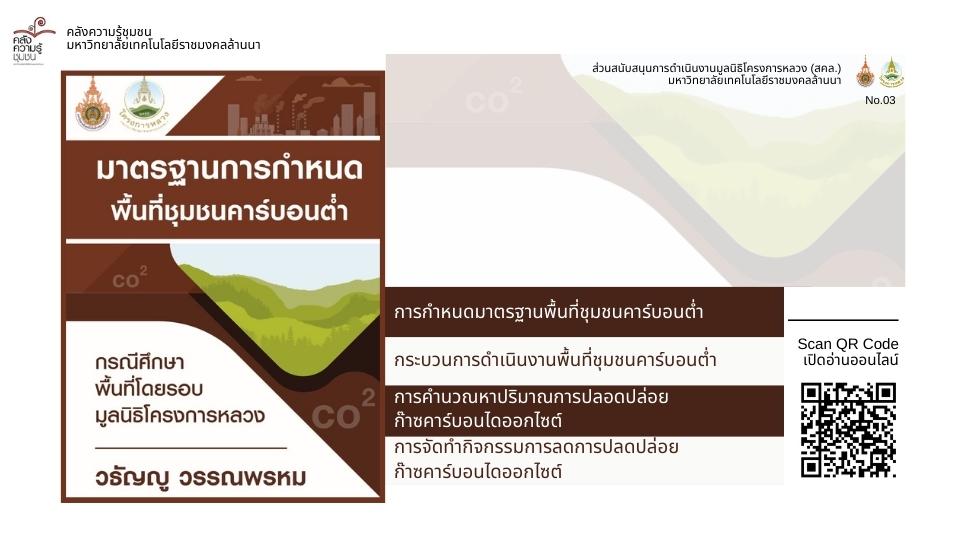The article titled “Standard for Defining Low-Carbon Community Areas” published on RMUTL’s Kaewpanya news portal discusses RMUTL’s contribution to developing national and local low-carbon community standards. The publication provides guidance on establishing benchmarks for communities seeking to minimize environmental impacts and promote sustainable development.
It covers methodologies for calculating carbon-dioxide emissions, assessing community energy use, and implementing activities to reduce carbon emissions within and around Royal Project Development Centers. The book also presents model activities that serve as examples of local carbon-reduction practices and community energy-efficiency programs.
The publication emphasizes:
- Setting standards for low-carbon community areas,
- Promoting sustainable community development,
- Calculating and managing CO₂ emissions,
- Conducting energy-use assessments, and
- Implementing carbon-reduction activities in local areas.
While this initiative demonstrates RMUTL’s commitment to carbon reduction, energy efficiency, and sustainable community development, there is no reference or evidence in this publication of a formal policy on divestment from carbon-intensive energy industries, such as coal, oil, or other fossil-fuel investments.
The content aligns conceptually with the reduction of carbon dependence and the promotion of low-carbon systems, yet it does not include financial or investment-policy measures concerning divestment from high-emission industries.
Sources:
- Kaewpanya RMUTL News (2024): Standard for Defining Low-Carbon Community Areas.
- Rajamangala University of Technology Lanna (RMUTL) Sustainability Resources.


